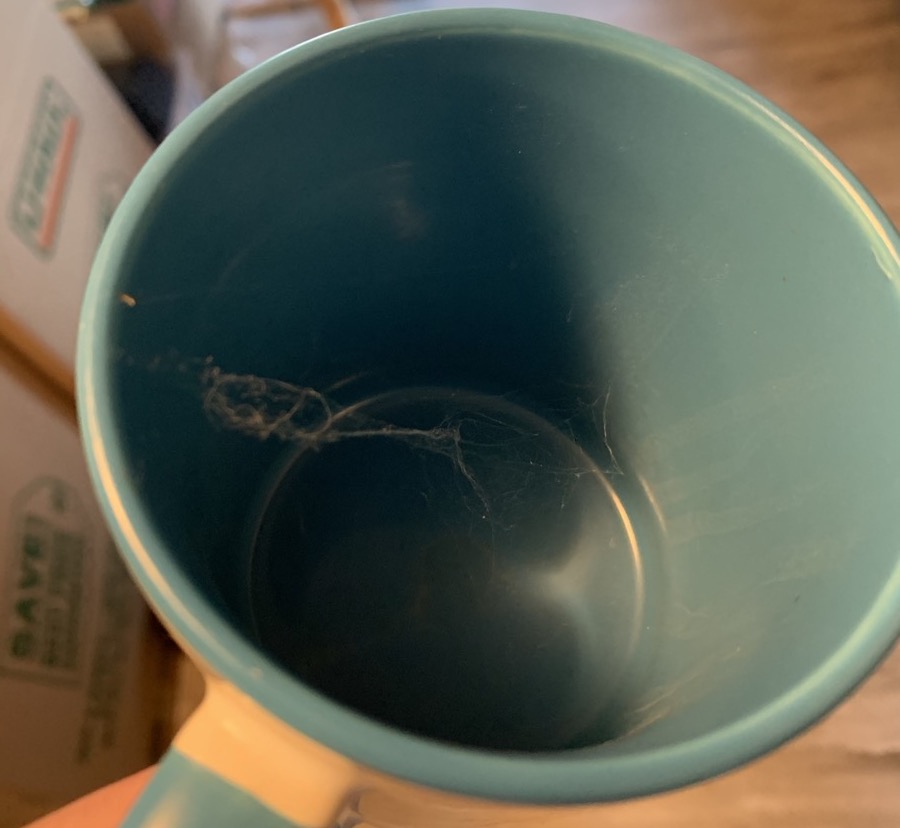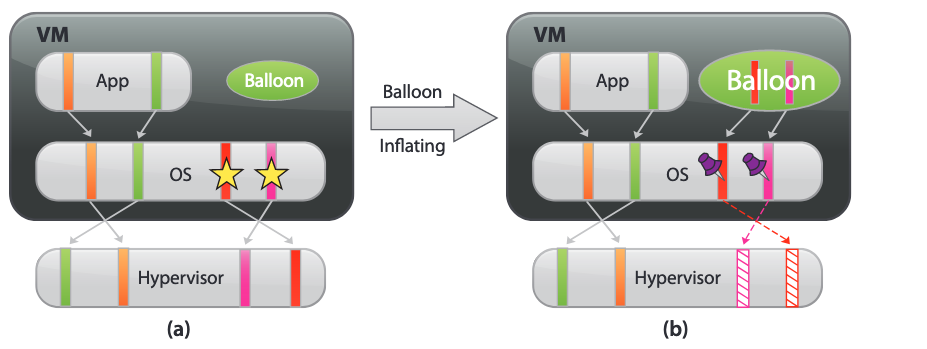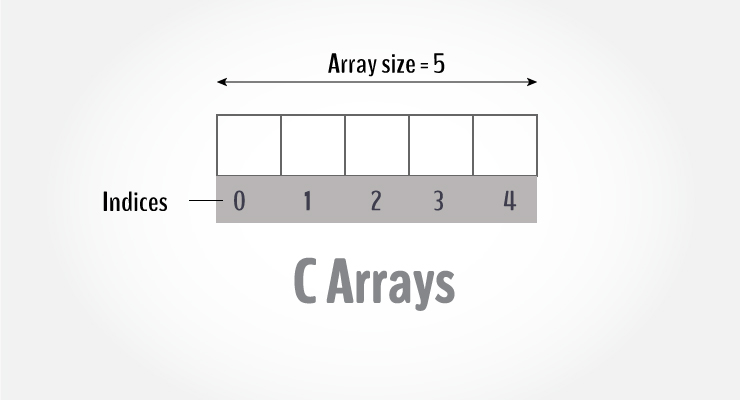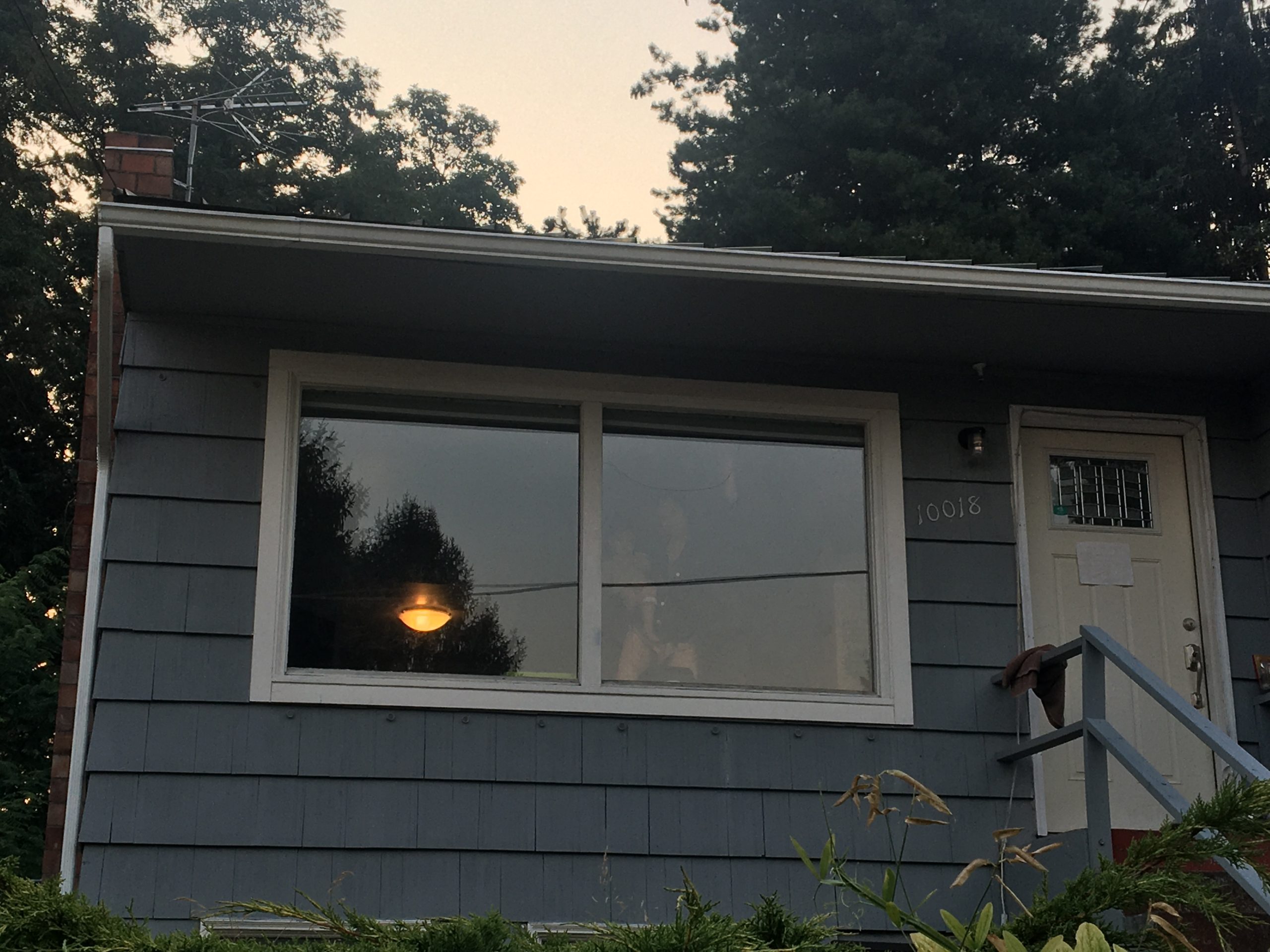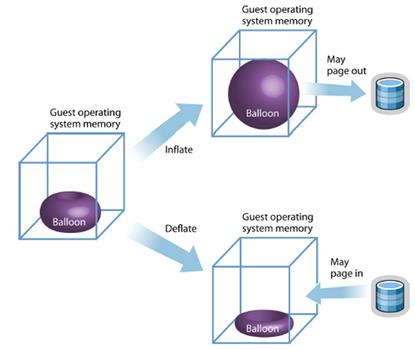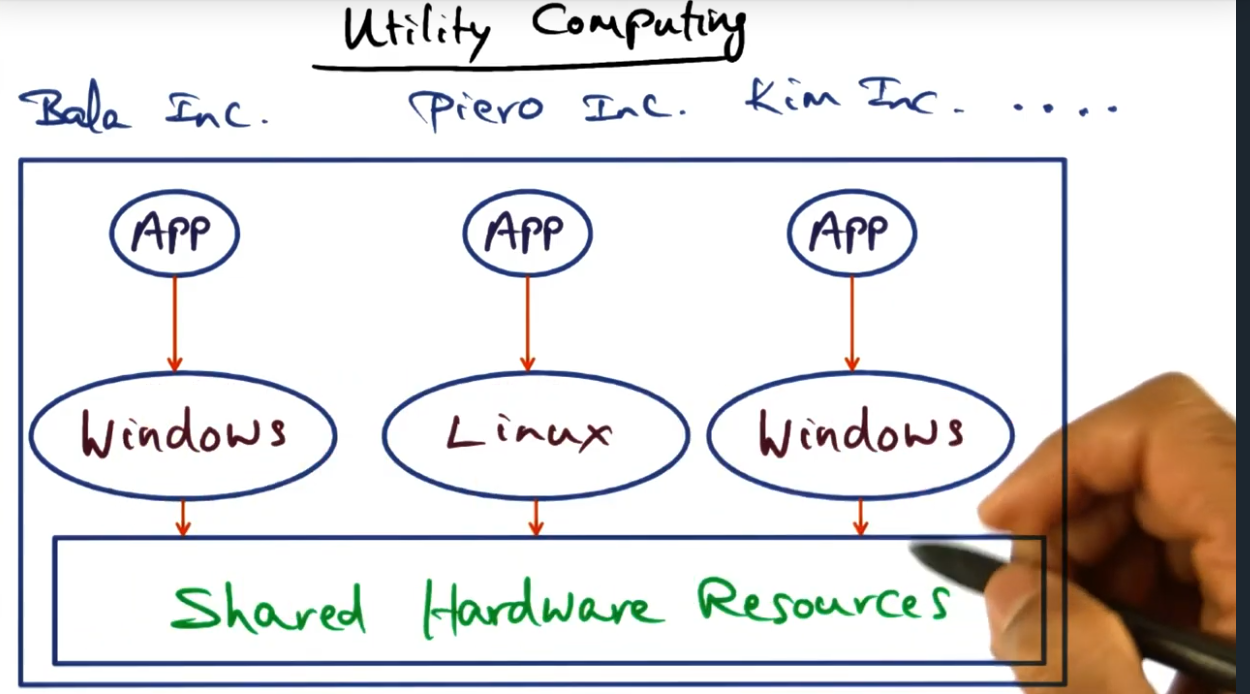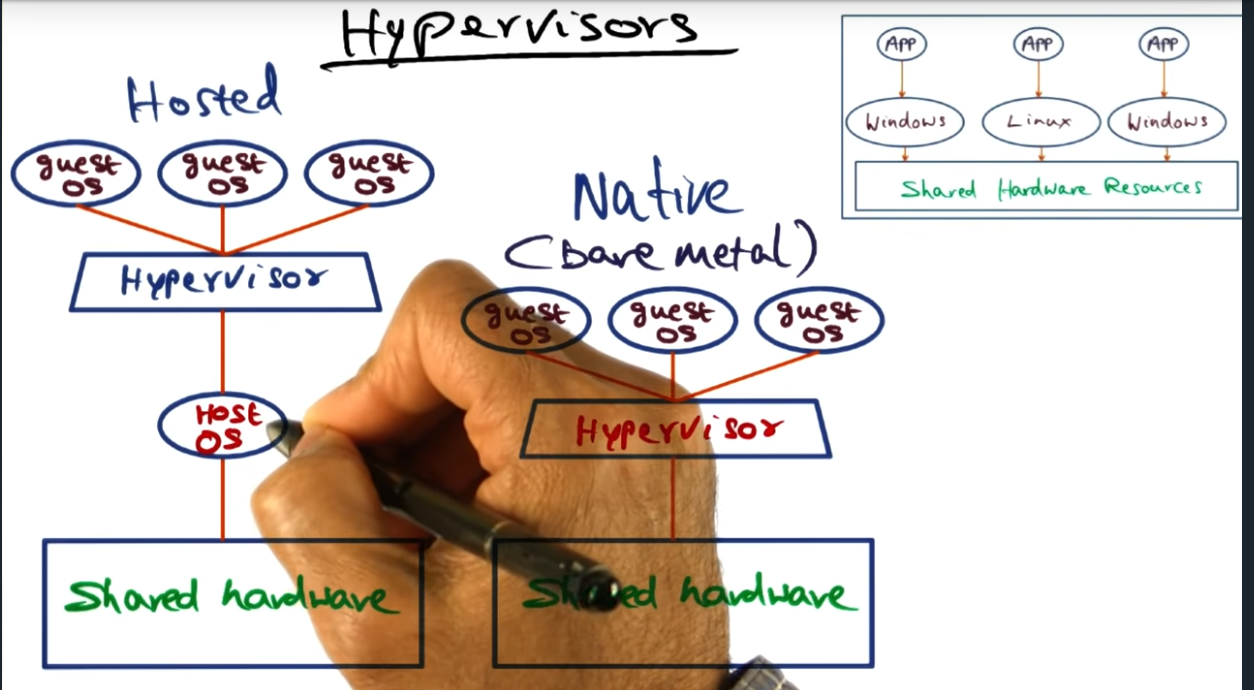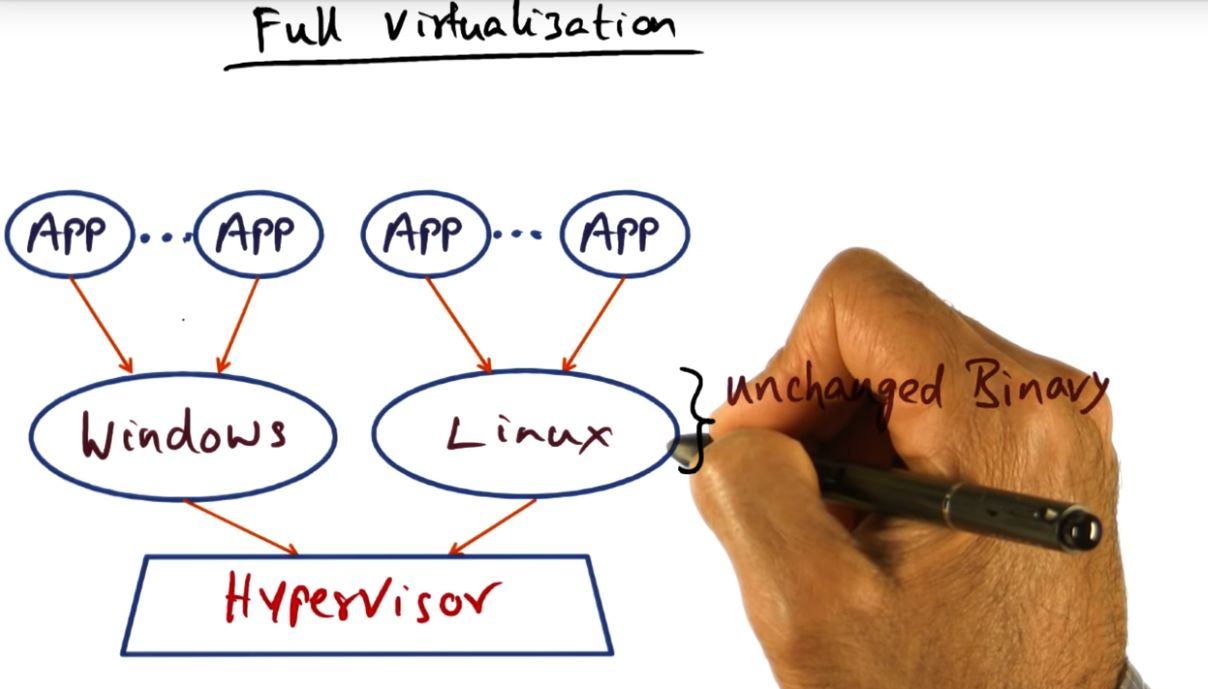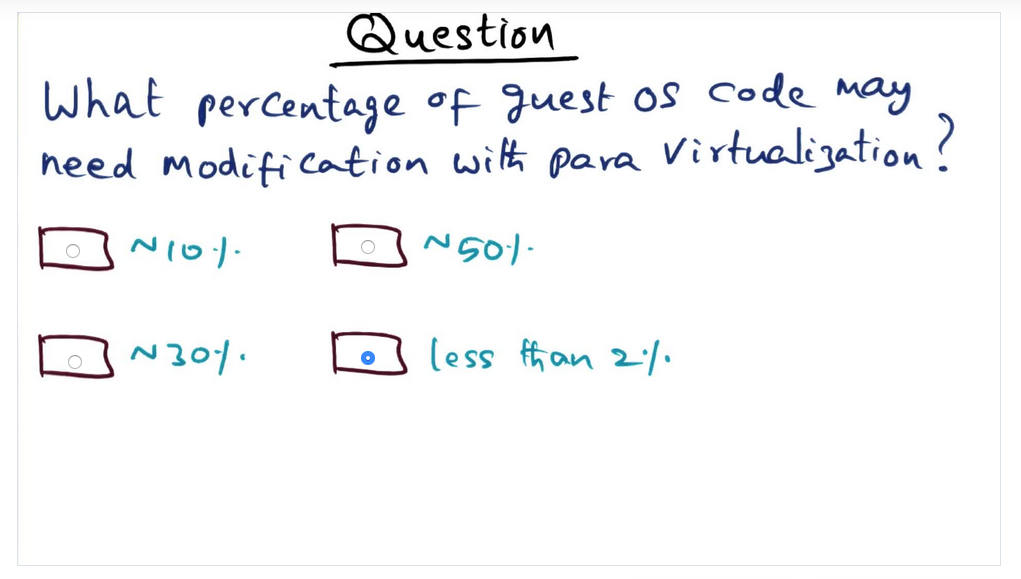After freeing a spider into the front yard, I noticed that the coffee mug (in which I trapped the spider in) was decorated with a beautiful web that the spider must’ve spun overnight.
Almost every other day, I spot a spider dancing across the white walls of my bedroom. Instead of squishing them to death like I did when I was a little boy, I catch them and release them into the front of back yard, trapping them underneath a cup and sliding a 8×11 piece of paper underneath.
Yesterday
Writing
- Published a post on how to determine the length of an array when calling libvrt’s virDomainMemoryStats
- Shared white/research papers (related to memory coordination algorithms) that my classmate recommended in the class forum
Best part of my day
Received such a thoughtful and warm e-mail message from one of my recent subscribers, a classmate of mine. We had connected over LinkedIn and I originally reached out to him, thanking him for subscribing and essentially asked him what drew him to my blog. In this e-mail response, he sent me a touching message stating how he finds it inspirational that I’m able to share my stories on my blog and that I’m able to be vulnerable.
Mental Health

My therapist and I unexpectedly spent the entire 50 minute session untangling the tension between him and I, tension that developed when I brought that the most recent invoice he handed me included a charge for a session that I had cancelled.
I had originally wanted to kick off the session with some good news with my therapist, share some moments that had brightened my days. But as mentioned above, this conversation got derailed because of the incorrect invoice.
Cancelling my sessions happen regularly. Unfortunately, I cancel every 5 weeks due to the cadence in which I am “on call” for work. History shows that, on my current team at work, I will get paged: sometimes at 12:00 AM, sometimes at 3:00 AM, sometimes at 10:00pm. You just never know. As a result, I give advance notice and cancel my therapy sessions to avoid getting dragged out mid way through to handle an operational issue.
Under normal circumstances when cancelling a session, I take on the responsibility of making up for the sessions and finding another slot. But given that I’m a new father and we’re in the midst of the pandemic, I had asked him about 6 months ago if instead of trying to find another day to come into therapy (which is expensive in terms of time and just plain out infeasible with my schedule) and make up a missed session, he could just not charge me and instead we’ll just miss one sessions once every 5 weeks.
Long story short, I felt blinded sided that he would suddenly charge me when for the past 6 months he has not been charging me. For the remainder of the session, we basically worked through the conflict, talking about why he did what he did, how that made me feel, how it impacts our relationship and trust (short and long term), and so on.
Ironically, the emotional skills that I’ve developed with dealing with confrontation were learned right there in his office. That’s been a big part of my therapy over the last four years, learning how to take a stand and deal with conflict facing me, instead of always defaulting to my gut reaction: fleeing the situation. Of course, there are some situations in which some people simply cross boundaries and the conversation just needs to end. However, in most situations, conflict is not always a bad thing and in some ways, can nourish and grow a relationship.
Graduate School
Began working on the memory coordinator (part 2 of project 1), the assignment due in roughly 2 weeks (on September 21).
Work
Met for an hour over (Amazon) Chime with a colleague working in AWS Networking, an organization that we partner with — well they are sort of our customer — to deliver networking features for EC2 networking.
Participated in a ticket bash, all of us focusing on closing tickets — some human cut and some auto-cut by monitoring system — that crept into our queue over the last couple months
Today
Writing
Publish notes taken from watching yesterday’s lectures (or lectures from a few days ago)
Organization
Review OmniFocus’s forecast tab to get a sense of what meetings I have this week and any items that are due soon
Graduate School
- Continue with watching lectures on “Synchronization”
- Read papers that will influence memory coordinator design
Work
- Update Quip document in preparation for design review meeting (next item below)
- Lead the second design meeting for a document that I put together for the new feature we’ll be launching in Q1 2021.
- Meet with my manager for our weekly 1:1
Family
- Take Metric and Mushroom both to the veterinarian at 11:15 today. Metric’s pointy German Shepherd (right) ear has sort of a little hole in it and looks as if some sort of inspect or parasite carved out pimple sized home. Mushroom developed some sort of allergic reaction on a small patch on her back, in the location where I had applied the flea medication (same one I’ve been applying every month for the last couple years).
- Pour some of the smoothie that I make every morning into a sippy cup for Elliott and into a big girls cup for Jess
- Finish collecting paperwork (i.e. statements for my rental property, etc) to nudge the underwriting process along
